- 220 O'Connor Ridge Blvd., Suite 105, Irving, Texas 75038




Let us help you get your life back to a life free of pain
Because our patients routinely travel from around the world for the Discseel® Procedure, we’ve refined our treatment plan, which benefits all our patients. Its essentially 4 steps in one visit: Consultation; The Discseel® Procedure; Recovery; and return to your active lifestyle.
In your face-to-face consultation, you'll have the chance to have a one-on-one conversation with your Discseel® Physician, where you can share information about your previous medical tests, procedures, injections, and any past surgical experiences. The physician will conduct a thorough examination, and you'll have ample time to pose any questions or concerns you may have. This is a valuable opportunity to obtain comprehensive responses to queries that may have previously gone unanswered by other medical professionals. When your symptoms start affecting your daily life or sleep, it's a sign that it's time to seek assistance.
In your face-to-face consultation, you'll have the chance to have a one-on-one conversation with your Discseel® Physician, where you can share information about your previous medical tests, procedures, injections, and any past surgical experiences. The physician will conduct a thorough examination, and you'll have ample time to pose any questions or concerns you may have. This is a valuable opportunity to obtain comprehensive responses to queries that may have previously gone unanswered by other medical professionals. When your symptoms start affecting your daily life or sleep, it's a sign that it's time to seek assistance.


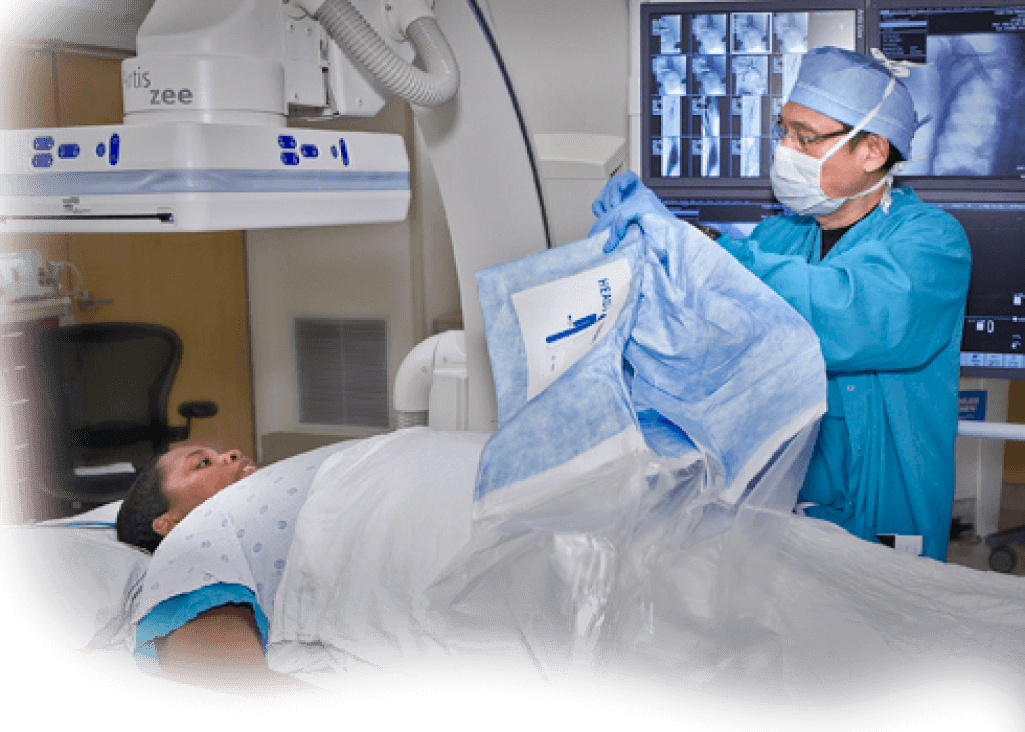

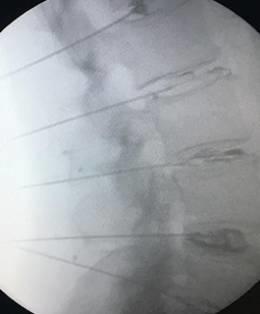

Low back pain doesn’t need to dominate your life, because the Discseel® Procedure is available. Fibrin is superior to stem cells in the disc, because natural Fibrin first seals disc tears, and then heals those torn discs. Stem cells can’t yet do this.

The Discseel® Procedure is a revolutionary, minimally-invasive procedure to treat chronic back pain resulting from damaged or torn spinal discs. An FDA-approved, 100% natural biologic called Fibrin is injected into the disc, which seals the tears and stimulates the body to begin healing. The Discseel® Procedure is a true alternative to a spinal fusion.
So therefore, sealing leaky discs stops the underlying cause of inflammation, and this improves symptoms from their origin. Sealing discs makes sense because it “treats the cause, instead of the effect.” Fortunately, informed spine surgeons recognize the numerous shortcomings of spinal surgery, and embrace these new scientifically-validated efforts to seal and heal discs.
It’s apparent some physicians may never change. There’s an obvious financial incentive to maintain the status quo and continue surgically implanting metal fusion hardware. Those surgeons will likely continue fusing until they’re no longer allowed to fuse. One state has already stopped allowing fusions to treat pain. In the USA, there’s more money made performing spinal fusions than there is in treating heart disease and cancer combined. Spinal fusions are indicated for rare spinal instability caused by cancer or trauma, but not for treating pain. Its easy to see how all spine disc pain begins as small annular tears. Those annular tears increase, leading to disc degeneration, herniations, bulges, dessication, and degenerative disc disease. All are directly caused by the disc’s annular tears.
The Discseel® Procedure uses Fibrin, occasionally supplemented with PRP (Platelet Rich Plasma) or stem cells, to repair discs, to decrease pain and allow increased activity. Studies confirm that Fibrin strengthens discs almost immediately – something stem cells can’t do.
During the in-person consultation, you will speak directly with the physician who will perform the Discseel® Procedure. We want to make sure you are confident about the procedure and we will answer all your questions prior to the procedure.
The annulogram is a detailed process that will identify your pain source. It specifically determines if your normal or abnormal-looking discs are leaking. Anything missed by an MRI will show up in the annulogram.
During the Discseel® Procedure your physician will inject a substance called fibrin into your damaged disc, which will seal the disc. Fibrin is an FDA approved biologic that is made from human blood. The entire procedure is observed through live x-rays.
After the Discseel® Procedure most patients are walking within the first 24 hours. Immediately after the procedure, your damaged disc will start healing, which is a continuous process over the next 12 months.
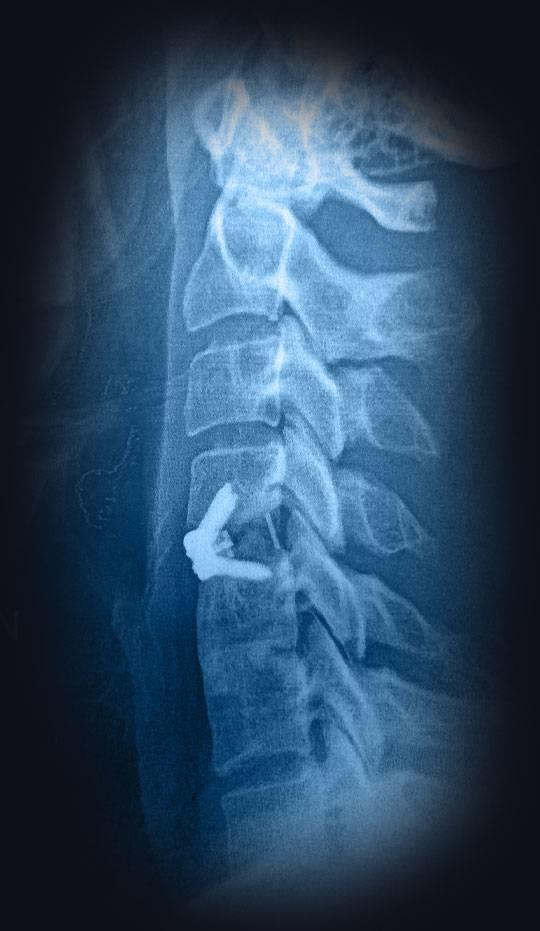

Degenerative discs are the result of wear and tear on your spine. The Discseel® Procedure is a non-surgical procedure that seals disc tears, and then promotes growth to heal those once damaged discs.
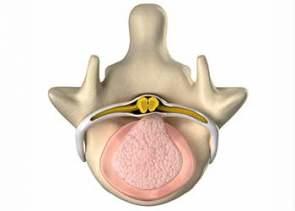
These kinds of injuries can occur over decades and are hard to heal due to poor blood circulation the disc. The Discseel® Procedure helps to repair the damage!
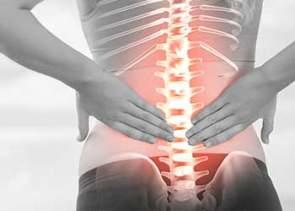
Chronic back pain most often reflects disc tears, and disc tears cause disc degeneration, bulges, and herniations, and that’s exactly what the Discseel® Procedure treats. The Discseel® Procedure can help! Don’t hesitate to contact us for an evaluation.

Degenerative discs are the result of wear and tear on your spine. The Discseel® Procedure is a non-surgical procedure that seals disc tears, and then promotes growth to heal those once damaged discs.
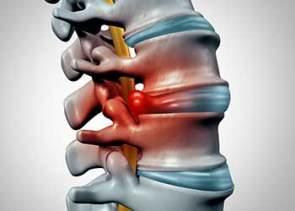
Disc herniation isn’t the direct cause of pain as was once thought. Instead, the leakage associated with herniated discs is responsible for inflammation and pain. With the Discseel® Procedure, you can live your life pain free while doing activities you enjoy. Find out if this life-improving procedure is optimal for you.
Robert Groysman, MD, is a specialist in interventional pain management and anesthesiology who provides exceptional services at Southwest Pain Management (SPM) in Irving, Texas, for patients experiencing chronic pain. We focus on long term pain relief and improvement of function and quality of life at our practice. Our goal is not to just treat your pain, but also to get you back to doing the things you love. Some of my patients’ goals are being able to climb a flight of stairs to be able to sleep in the same room as her husband, being able to pick up your grandchild, being able to finish a round of golf, sitting in a boat to fish, and standing at a firing range for an hour or two.
If you are looking for someone who truly cares about treating your pain and getting up and about, he is the doctor for you. We combine injection therapy with medications and other treatments. We don’t offer sole opioid medication management. We treat migraines and chronic headaches, neck pain, back pain, and joint pain from arthritis. We also treat shoulder, knee, and hip pain. We also treat pain from disc herniations, sciatica, and facet joint spine pain. We have non-steroid options, including PRP, if you cannot have or don’t want steroids. We even offer a non-medication treatment for PTSD with a stellate ganglion block (SGB).
We use conservative pain management approaches wherever possible, including fluoroscopic and ultrasound-guided steroid injections and medications. We collaborate with specialists in other fields including chiropractors, rheumatologists, psychiatrists, neurologists, and spine surgeons, all of whom have contributed to improving the patient experience of chronic pain.
We do so much more than pain treatments. We prescribe low dose naltrexone for fibromyalgia, we successfully treat some of the long covid symptoms such as brain fog, loss of smell, and loss of taste. We offer medical massage covered by insurance.
He is a Diplomate of the American Board of Anesthesiology and American Board of Pain Medicine, and a proud member of the Texas Pain Society, American Society of Interventional Pain Physicians, and Spine Intervention Society.